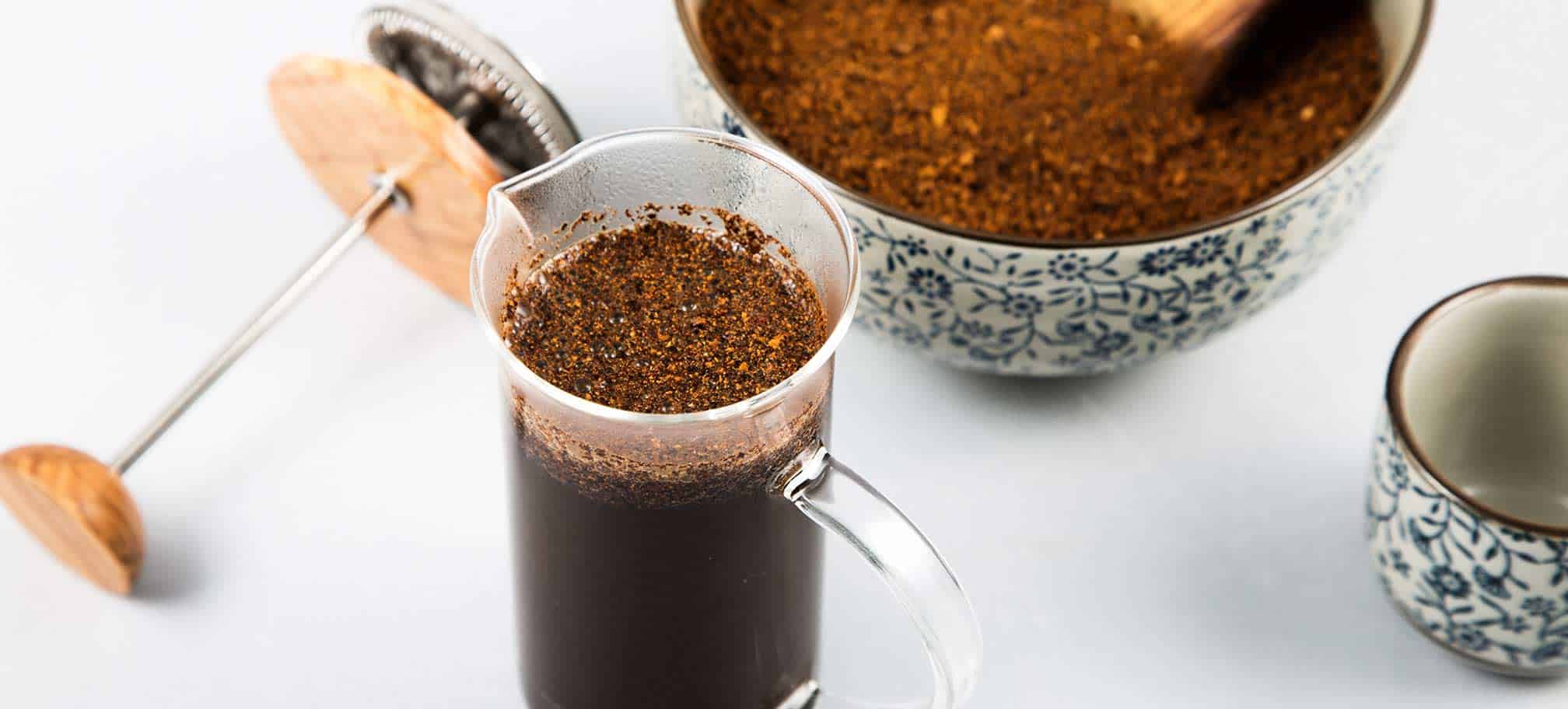Chaga contains a variety of biological substances. As a complex natural remedy, the polysaccharides, beta-glucans, triterpenes, polyphenols and bioactive proteins it contains stand out in particular.
In use for centuries
The Chaga mushroom (lat. Inonotus obliquus; schistosome schillerporling) is an unusual tree fungus that grows in living trees. It thrives in circumpolar temperate forests in the northern hemisphere. Together with WoodKPlus at the Vienna University of Technology, we have discovered the density of natural substances in its fruiting body.
A tree fungus makes history
It has therefore been used in Asian folk medicine for more than five millennia. In the past 40 years more than 1600 scientific studies that deal with the properties. As we are not allowed to disclose information about the effect, you will have to do your own research.
Free radicals are a problem for the body
Wild Chaga has an ORAC value of 36,560,000. The ORAC value indicates how many free radicals can be neutralised by a substance, product or food supplement in laboratory tests. Due to its unique composition of natural myconutrients and compounds, we consider Chaga to be the perfect companion.
Why the Chaga mushroom is so valuable for us
Free radicals are aggressive molecules
The Chaga mushroom has an overriding Orac value¹ of over 36.5 million
Ancient knowledge
Northern Europeans have already integrated Chaga 400 years ago into your folk medicine.
Stone Age finds
5300 years ago Ötzi already used Chaga as a dietary supplement.
The miracle of Chaga
Chaga contains 29 different Polysaccharide derivatives².
Betulin & betulinic acid
Betulin and betulinic acid have been used and researched in medicine for years.
Nutrient complex
Chaga has been found to contain fibre, minerals and essential amino acids.
Numerous studies
No other tree fungus has been scrutinised in such detail.
Alternative to caffeine
For over 60 years, the Finns have been using chaga as a decaffeinated coffee substitute.
Ageing processes of the skin
Special enzymes, also known as SODs³ were discovered in Chaga.
High-purity quality
Chaga has been proven to have 0% toxic compounds.
Basis for pharmaceuticals
Over 50 drugs are currently being developed based on the active ingredients Betulin⁴ and betulinic acid produced. Why do you think?
Lactose-, sugar- and gluten-free!
Chaga is also compatible with incompatible foods.
¹The Orac value precisely quantifies the antioxidant reactivity of a food. (we are not allowed to write more)
²Chaga contains structural polysaccharides. (we are not allowed to write more)
Superoxide dismutase is an important antioxidant. (we are not allowed to write more)
⁴Betulin and betulinic acid belong to the terpenes. (we are not allowed to write more)
⁵Beta-glucans are a type of dietary fibre. (we are not allowed to write more)

Application of Chaga
The most traditional form of application is hot water extraction. It should be noted that the contact time of the granules with boiling water should ideally be extended. We boil our Chaga for 60 minutes or longer.
If this takes too long, you are welcome to use our Chaga extracts to fall back on!
Tip: Alcohol dissolves triterpenes. We therefore recommend using our Chaga dual extract for travelling!
Click here to go to the shop!
Preparation of Chaga
Preparation in the stamp press (French press)
- Bring 300ml water to the boil
- 2-3 teaspoons into the stamp press
- Leave to infuse for at least 15 minutes or longer
- Press down the stamp, pour and enjoy!
Preparation Pot (casserole)
- Bring 500-1000ml water to the boil
- Stir in 1 tbsp (adjust the amount according to taste)
- Boil for at least 60 minutes or longer
- Strain, pour and enjoy!






